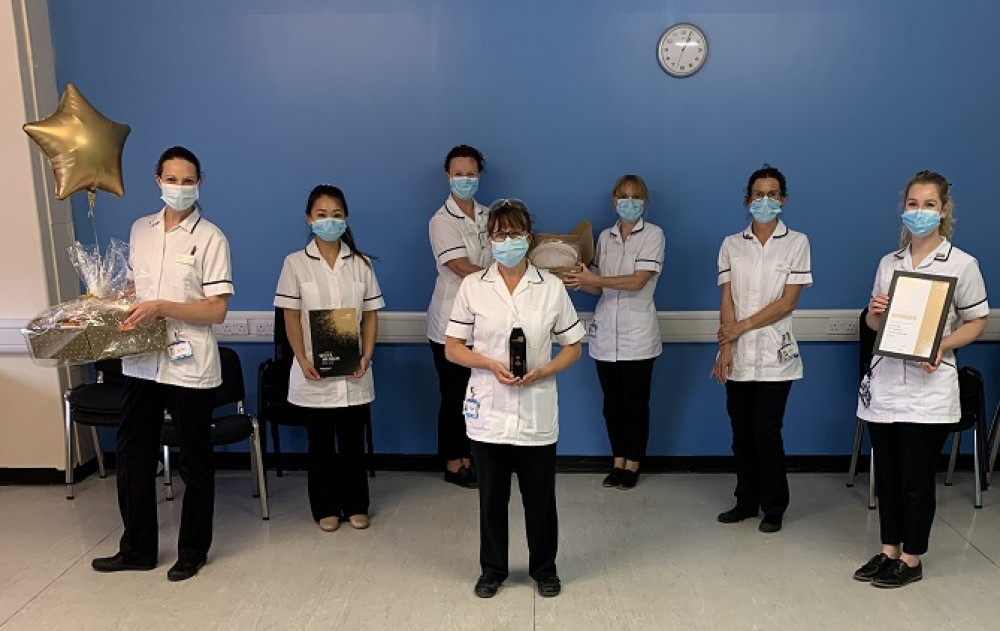
Inpatient Care at Leeds Children’s Hospital
We work closely with children and families during their hospital stay to support eating, drinking, infant feeding, and communication.
We offer support to children from birth to 18 years, and provide advice and recommendations to promote safe and positive experiences around feeding, eating or drinking; and to support their communication needs in hospital.
We work in partnership with families and health professionals to deliver high quality, holistic and patient-centred care. We are passionate about empowering families, health professionals and students through training to develop knowledge and skills.
Our team houses a range of highly specialist SLTs in the areas of Paediatric Critical Care, Neonates, Oncology, Long Term Ventilation and Videofluoroscopy.
Values
We aim to support infants, children and young people to have safe and positive feeding experiences, and to achieve their full communication potential.
Outpatient Services
We ensure positive communication links with community Speech and Language Therapy teams to support the transition from hospital to community, following discharge from Leeds Children’s Hospital.
We provide a Regional Videofluoroscopy Service that recently won The Leeds Teaching Hospitals ‘Time to Shine 2020’ Award for Improving Quality and Safety.
Meet the Team

We are a growing team of Specialist and Highly Specialist Speech and Language Therapists that cover a range of specialties, with dedicated time in the areas listed below. We are all HCPC (Health Care Professionals Council) registered and link closely with the RCSLT (Royal College of Speech and Language Therapists).
- Clinical SLT Manager: Victoria Watson
- Regional Videofluoroscopy Service: Louise Bisset (Highly Specialist SLT), Louise Miles (Highly Specialist SLT)
- Neonates: Vici Thomas (Highly Specialist SLT)
- Paediatric Critical Care: Kirsty Maddock (Highly Specialist SLT)
- Long Term Ventilation: Louise Miles (Highly Specialist SLT), Kirsty Maddock (Highly Specialist SLT)
- Oncology and Haematology: Georgina Miller (Highly Specialist SLT)
Dedicated members of the team are also involved in research, training and National service development plans, to ensure our practice is evidence based, and up to date.
We provide inpatient SLT support in Leeds Children’s Hospital in the following areas:
- Children’s Cancer
- Children’s Gastroenterology
- Children’s Medicine
- Children’s Neurosciences
- Children’s Intensive Care (PICU)
- Children’s Leeds Congenital Heart Unit
- Children’s Liver Unit
- Children’s Respiratory Medicine
- Children’s Surgery
- Neonatal Services
Contact us
Where to find us
Clinical SLT Manager: Victoria Watson
Email: vickywatson@nhs.net
Twitter: Follow us @LTHTpaedSALT to keep up to date with our achievements, research involvement and projects
If you are looking for speech and language therapy support at home or in school/nursery, please search for ‘Children’s community Speech and Language Therapy’ in your local area.
Interested in a Career in Speech and Language Therapy?
You can explore a route that suits you on the RCSLT website.
Placements
We currently provide placements to students who are on the Speech Therapy course at Leeds Beckett University. Unfortunately we are not able to accommodate any additional placements or work experience opportunities.